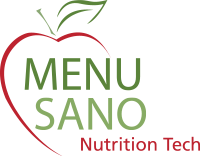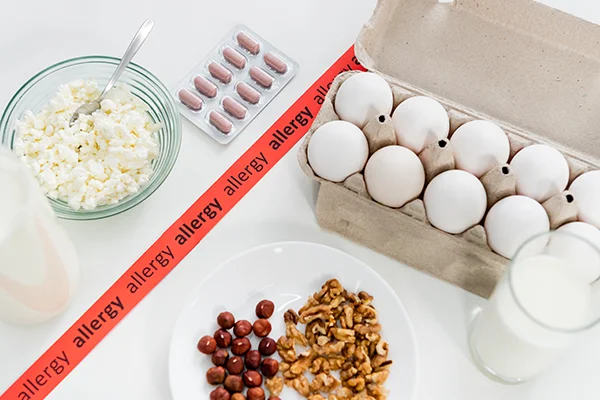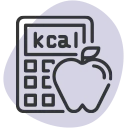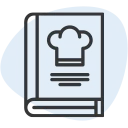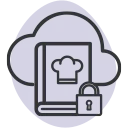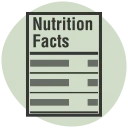Key Takeaways
- Food allergies pose serious risks, making proper allergen management essential for restaurants.
- Staff training is crucial to prevent cross-contamination and handle allergy-related incidents effectively.
- Clear menu labelling and open communication help customers make safe dining choices.
- Kitchen protocols like separate preparation areas and colour-coded tools minimize risks.
- Technology solutions, such as MenuSano, enhance allergen tracking and compliance.
- Regulatory compliance helps restaurants adhere to food safety laws and avoid legal consequences.
Food allergies are a critical concern in the restaurant industry. Millions of people worldwide suffer from food allergies; even trace amounts of allergens can trigger severe reactions. Effective allergen management is a legal responsibility and an essential component of restaurant customer safety and satisfaction. Implementing best practices ensures guests enjoy a safe and comfortable dining experience.
Understanding Common Food Allergens
Restaurants must know the most common allergens identified by regulatory bodies like the FDA and the CFIA. These include:
- Peanuts
- Tree nuts (almonds, walnuts, cashews, etc.)
- Milk and dairy products
- Eggs
- Fish
- Shellfish (shrimp, lobster, crab, etc.)
- Soybeans
- Wheat and gluten
- Sesame seeds
- Sulphites
- Tree Nuts (almonds, walnuts, pecans…)
- Wheat and triticale
Understanding these allergens allows restaurants to tailor their menus and kitchen practices to minimize the risk of cross-contamination.
1. Staff Training on Allergen Awareness
Proper staff training is the foundation of effective allergen management. Every employee, from kitchen staff to servers, must be well-versed in:
- Recognizing food allergens and their sources.
- Avoiding cross-contact during food preparation and service.
- Communicating effectively with customers about allergen concerns.
- Handling an allergic reaction or emergency.
Regular training sessions and refreshers should be conducted to keep all staff up-to-date on best practices.
2. Kitchen Protocols to Prevent Cross-Contamination
Cross-contact occurs when an allergen comes into contact with allergen-free food, posing a risk to allergic individuals. To prevent this:
- Separate Preparation Areas
- Designate specific workstations for different food types to prevent cross-contamination. For instance, separate areas should be used for raw meats and ready-to-eat foods. A study highlighted that the “cutting board-salad” route is a major transmission pathway for bacteria, emphasizing the need for dedicated cutting boards and preparation spaces for raw meats and salads.
- Colour-coded Equipment
- Implement a colour-coded system for utensils and cutting boards to distinguish between food categories. For example, use red for raw red meat, yellow for poultry, green for vegetables and fruits, and blue for raw seafood. This practice helps prevent the transfer of harmful bacteria between foods.
- Frequent Handwashing
- Regular and thorough handwashing is crucial, especially after handling raw foods. A study demonstrated that proper handwashing techniques significantly reduce cross-contamination in kitchen settings.
- Dedicated Fryers and Grills
- Use separate fryers and grills for allergen-free meals to prevent cross-contact. For example, if a fryer is used for breaded items containing gluten, having a separate fryer for gluten-free items ensures that diners with gluten sensitivities are not exposed to allergens.
3. Creating an Allergen-Sensitive Menu

Restaurants should design their menus with clear allergen information to help customers make safe choices. Best practices include:
- Labelling Allergens on Menus
- Clearly indicate which dishes contain common allergens by using icons or symbols. For example, a peanut icon next to a dish can alert customers to the presence of peanuts. Many restaurants provide detailed menu allergen charts to help customers make informed choices.
- Providing Ingredient Lists
- Offer a detailed breakdown of ingredients upon request. Some restaurants print QR codes on menus that link to digital allergen guides, making it easier for customers to access real-time ingredient and allergen information.
- Offering Alternative Options
- Create allergen-free variations of popular dishes. For instance, a gluten-free pizza crust or dairy-free cheese can make meals accessible to more customers.
- Communicating Substitutions
- Allow customers to modify meals based on their dietary needs. For example, offering soy or almond milk as a replacement for dairy in coffee shops gives lactose-intolerant customers more choices.
By making these small but impactful changes, restaurants can enhance customer trust and satisfaction while ensuring a safe dining experience.
4. Clear Customer Communication
Open and clear communication between staff and customers is crucial for allergen management. Restaurants should implement the following:
- Encourage Customers to Disclose Allergies – Train servers to ask about allergies and dietary restrictions.
- Maintain Allergen Information Sheets – Have detailed allergen charts available for customer reference.
- Use a Dedicated Allergen Alert System—To prevent mistakes, Implement a system where allergen-related requests are flagged in the order-taking process.
5. How MenuSano Helps Restaurants with Allergen Management & Compliance
MenuSano offers an innovative and cost-effective solution for restaurants to manage allergen compliance and food safety. Instead of relying on time-consuming manual processes, restaurants can use MenuSano’s intuitive platform to declare allergens, perform precise nutritional analysis, and ensure full compliance with government regulations.
Key Benefits of MenuSano:
- Accurate Allergen Declarations
- MenuSano allows restaurants to analyze and display allergen information accurately, ensuring transparency and compliance with food safety regulations. Restaurant operators can also generate comprehensive nutritional reports, helping customers make informed choices.
- Regulatory Compliance with the FDA and the CFIA – Helps restaurants meet strict food safety regulations and labelling requirements.
- Customizable Menu Labels – Provides allergen-specific labels for menus and food products, enhancing customer trust.
- Cost-Effective & Time-Saving – Reduces reliance on manual allergen declaration and complex compliance processes.
Allergen management is a critical responsibility for restaurants. By implementing proper training, kitchen protocols, clear communication, and leveraging technology, restaurants can provide a safe dining experience for all customers. Prioritizing allergen safety enhances customer satisfaction and protects businesses from legal risks and reputational damage.
